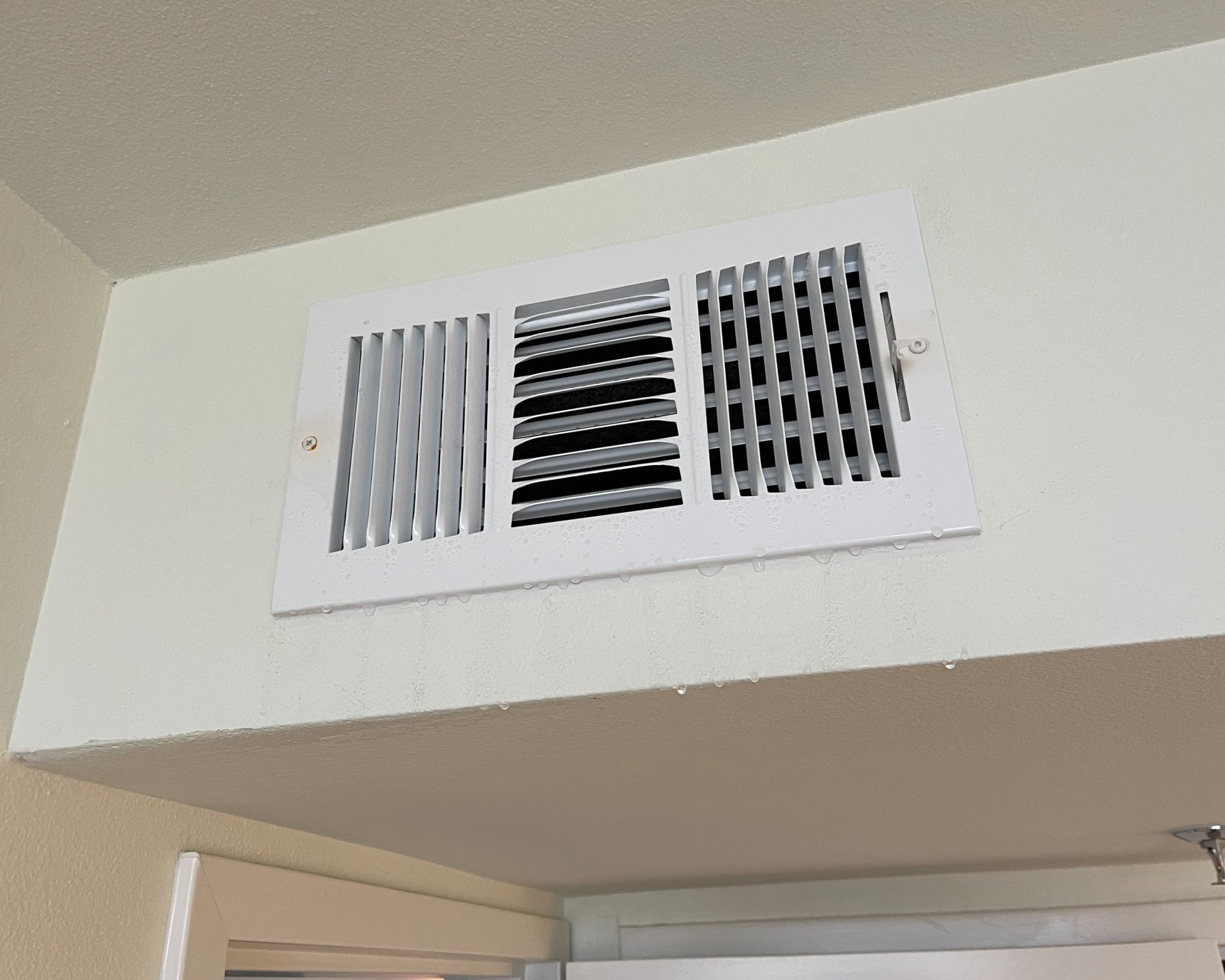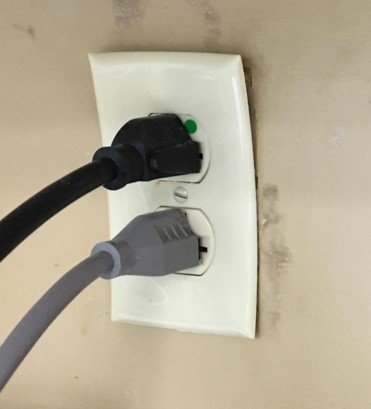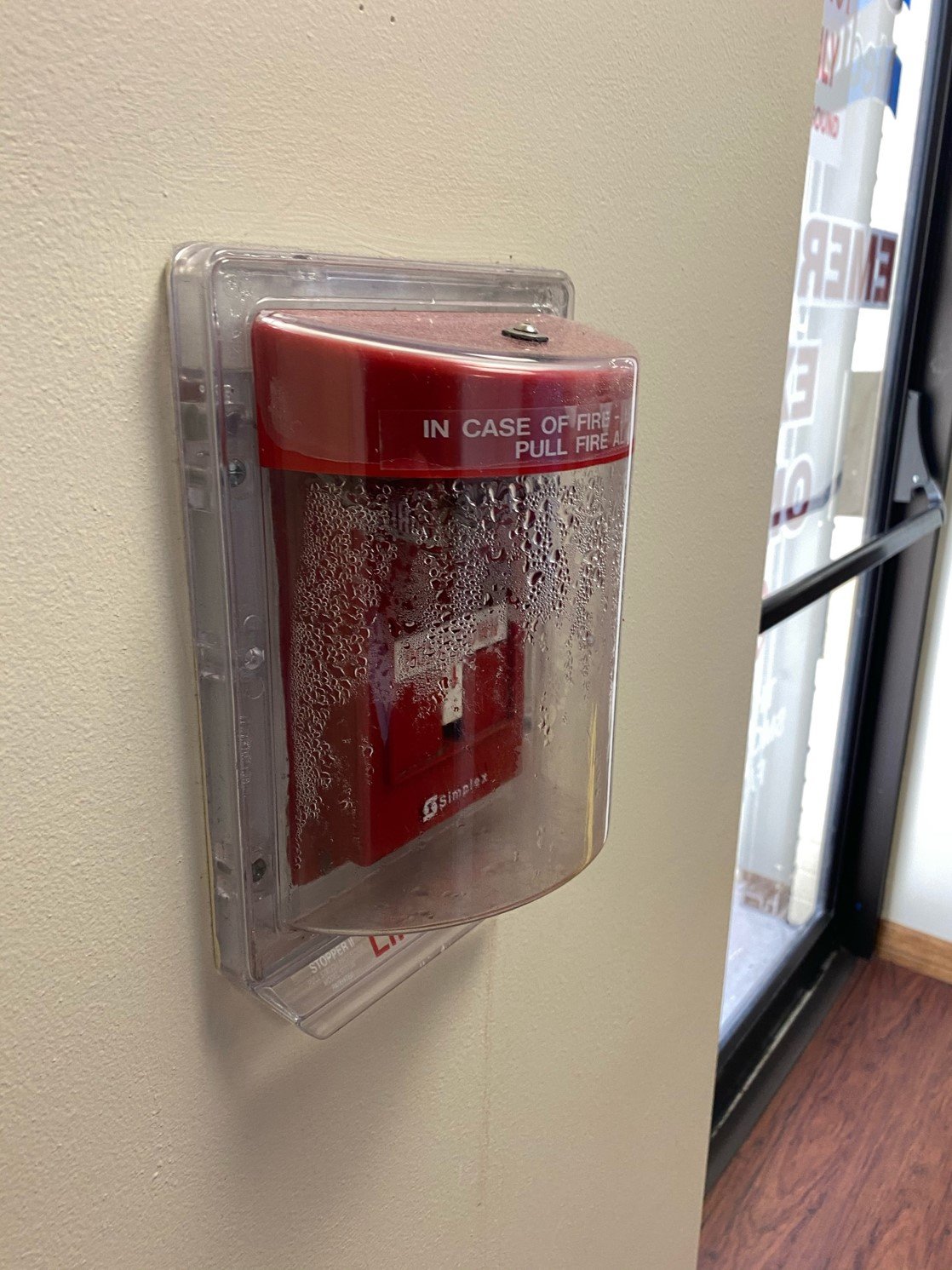The Power of HVAC Systems for Indoor Air Quality
Maintaining the Balance of Building Mechanical Systems
A CASE STUDY
A healthcare facility was facing recurring indoor air quality problems. Condensation was forming on HVAC ductwork and dripping onto the surrounding drywall, causing mold growth. Specific ductwork and variable air volume boxes were dripping condensation onto ceiling tiles, leaving water stains. Concerned about the situation, the facility promptly contacted GHP for a comprehensive assessment.
Upon investigation, our team discovered that the root cause of these problems was an imbalance in the building pressurization. This was primarily attributed to a lack of proper maintenance of the building automation system (BAS) that controlled the HVAC, which caused various sensors in the system to fall out of calibration. The ultimate result was negative pressurization, which resulted in under cooling in certain areas and excessive cooling in others. Condensation and mold growth had naturally followed. Negative pressure can also impact energy consumption and energy efficiency, as well as thermal comfort.
Our team worked with the facility to find the solutions required to properly pressurize the building.
Project Highlights
Timeline:
Initial assessment in August 2016
Remediation in November 2016-January 2017
Project Budget:
$65,000
Project Scope:
Remediate mold
Repair mechanical system components, including air handlers and BAS sensors
Project Outcomes:
Eliminated water intrusion from condensation
Remediated mold- and water-damaged materials
Project Stats:
8 different areas remediated
4 rooftop HVAC units cleaned
Client
Our clients included a rural community hospital. During the project, we collaborated with a mechanical contractor hired directly by the facility, as well as a remediation contractor who worked under our supervision.
Challenges and Objectives
During the remediation phase of this project, we encountered several distinct challenges.
Limited Downtime in Critical Areas: Some of the affected areas in the facility, such as the operating room and emergency department, required minimal or no downtime. This posed a challenge as the cleaning and remediation had to be scheduled during nights and weekends to minimize disruption to hospital operations.
Impact on Hospital Operations: Being a smaller community hospital, taking affected areas offline for repairs had a significant impact on hospital operations. For instance, the only trauma room in the emergency department was affected by the condensation issue, so downtime had to be minimized and scheduled at a time with the lowest risk of receiving a trauma patient.
Coordination of Contingency Plans: In order to ensure smooth operations during repairs, we had to put effective contingency plans in place. For example, in one area where an air handling unit needed to be taken offline for cleaning, spot cooler air conditioners were brought in to keep the area conditioned and prevent overheating from lab equipment.
Solutions
GHP implemented a series of fixes that addressed the immediate issues while also setting up the facility for proper pressurization in the future.
Immediate Repairs
To address the issue of condensation and mold growth, we promptly fixed the BAS and specific HVAC units. This crucial step returned the mechanical system to proper balance and functionality, preventing the problems from recurring during the remediation process. By fixing the root cause of the BAS imbalance with our mechanical contractor, we established a foundation for a more effective and long-lasting solution.
The subsequent phase involved a comprehensive cleaning of the affected rooftop HVAC units. We then remediated affected building materials and reinsulated ductwork. This meticulous approach avoided additional damages after the completion of remediation and repairs. Throughout the process, we maintained strategic coordination with hospital operations to ensure uninterrupted facility functioning.
Comprehensive Solutions
GHP resolved the core issue, rather than merely addressing a symptom. Oftentimes, our clients are more focused on the visible effects of a problem, unaware of the underlying cause that prompts their call for assistance. By identifying the HVAC-related problem responsible for condensation and mold growth, we guided the facility in rectifying the root cause, ensuring a lasting and durable solution. Solely focusing on mold removal without addressing the HVAC issues would have been a temporary bandage. The condensation and subsequent mold growth would have reappeared the following spring and summer when the climate turned hot and humid once again.
Results
After the project was finished, the BAS and HVAC systems functioned properly. GHP repaired water- and mold-damaged building materials and restored all areas for facility use. We also assisted the facility in selecting an HVAC contractor to prevent any recurrence of water and mold damage.
The facility now has a better understanding of the root causes of the initial problems and how the operations of the BAS and HVAC units led to an improperly pressurized building. With this knowledge, the client can effectively monitor and prevent any future issues. This enables the hospital to continue serving the surrounding community at full capacity and with uninterrupted operations.
Conclusion
If you begin noticing high humidity or condensation in your building, it is crucial to contact a professional to identify the cause. Adjusting the thermostat or wiping down condensation might seem like quick fixes, but they fail to address the underlying problem. The symptoms will persist, leading to further damage and increased repair and operating costs.
It is imperative to tackle the root cause rather than merely treating the symptoms. Consider engaging a consultant like GHP to thoroughly assess the situation. By doing so, you prevent any additional harm from occurring.



